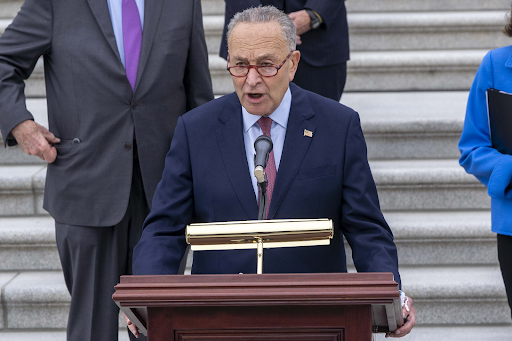At its core, the government shutdown is a math problem that the US Senate currently cannot solve. The need to assemble 60 votes to overcome a filibuster has become an often-insurmountable hurdle in a hyper-partisan era, a fact that was mathematically proven once again on Wednesday when both parties’ funding proposals failed to reach that magic number.
In a Senate that is nearly split down the middle, reaching the 60-vote threshold requires significant bipartisan cooperation. It means that at least a handful of senators from the minority party must agree to advance a bill for debate and a final vote. In the current shutdown fight, that cooperation is entirely absent.
The Democratic proposal, which includes the Affordable Care Act (ACA) tax credit extension, cannot attract any Republican votes, leaving it well short of 60. The Republican proposal, a “clean” funding bill, is unanimously opposed by the Democrats, meaning it also fails to meet the threshold.
This math problem has effectively given the minority party a veto over the majority’s agenda. It transforms the Senate from a place of deliberation into a graveyard for legislation that doesn’t have overwhelming bipartisan support, which in today’s climate, is almost everything.
Until either the Senate rules are changed or the partisan fever breaks, this math problem will continue to paralyze the chamber. The shutdown is a direct consequence of a system where 51 votes can confirm a Supreme Court justice, but a similar number cannot even keep the government open.
The Math Problem: Why 60 Votes Are an Insurmountable Hurdle in the Senate
8
previous post

